As new as hydroponic systems may sound, the practice has in fact been around for several centuries.
Hydroponic gardens are often used as an alternative by many cultivators in lieu of the traditional way of growing plants through soil.
It is a soilless system that uses nutrient-rich water to grow crops. This is however a complicated method that first-time growers might not be able to quickly master.
On the other hand, growing plants in soil is a practice that is familiar to many. A soil-based system is forgiving to beginner error and is much easier to learn.
Growing plants in soil may also appear to be a more natural way of harvesting plants, compared to using hydroponics.
- Related article: Hydroponic Garden Guide
Each growing method has its own benefits and shortcomings and today, we’ll take a look at the key differences between hydroponics and soil when used as a planting medium.
1. Yield
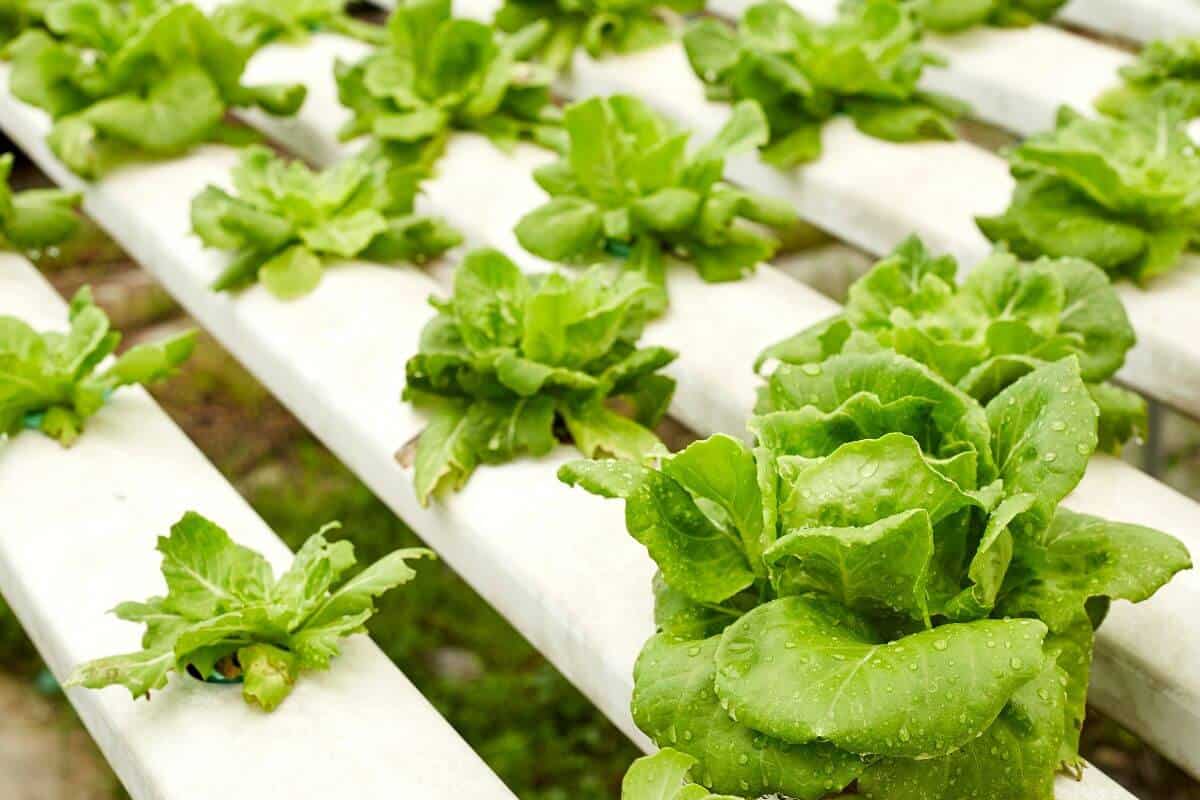
A major difference that people will talk about is the yield differences between soil and hydroponic systems. Of course, any cultivator will prefer to use a method that can give them the most output
To answer that, hydroponic gardens produce a far greater yield at a faster growth rate than soil systems.
When comparing the two methods, hydroponic crops are known to produce up to twenty-five (25) percent more yield than soil crops.
This is because the plant’s access to nutrients is absorbed faster through water that is either sprayed or flushed directly to its roots.
2. Growing Space
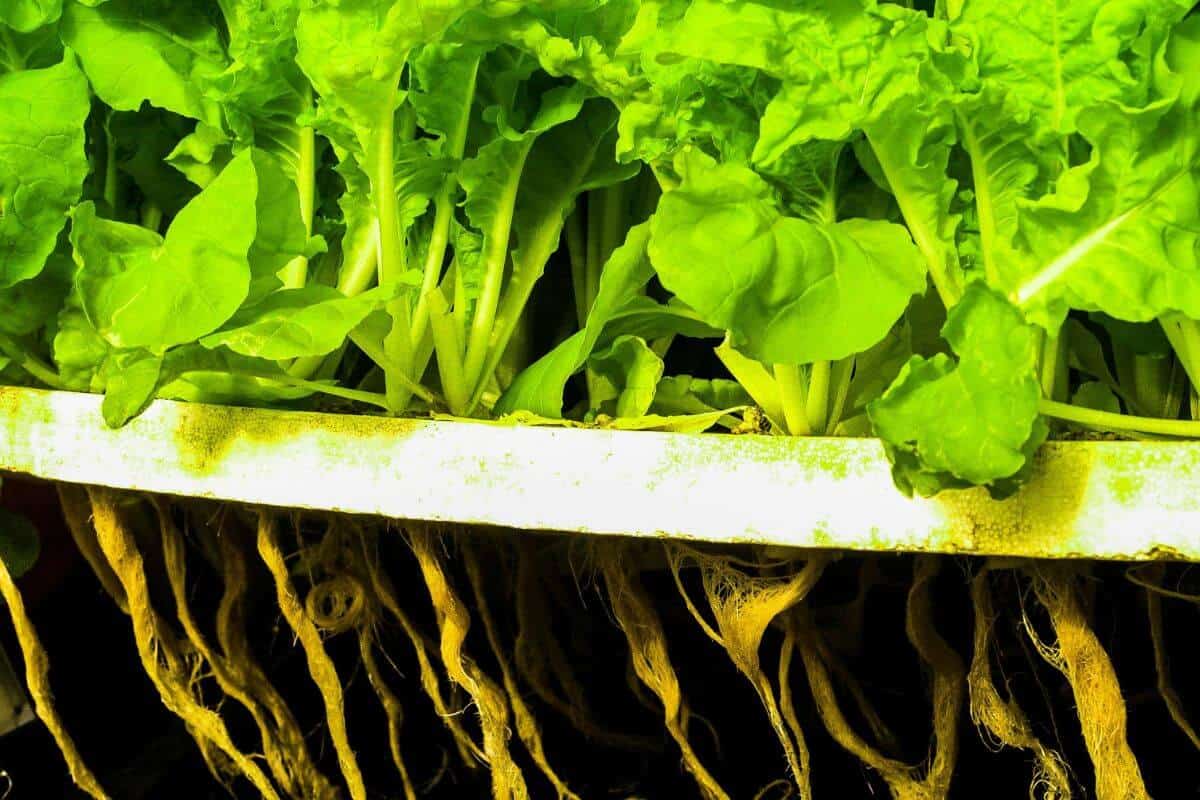
Plants that grow in the soil will have large root systems that will require a bit of yard space to grow. Not everyone has acres of land or open spaces to start cultivating their own plants.
Hydroponic plants have shallow rooting systems and will tend to grow vertically.
A vertical garden doesn’t require large amounts of space so you can begin to grow your own hydroponic farm in open spaces around your home or apartment.
However, some hydroponic systems can require additional ground space as well and will require an entire room. Also, hydro plants grow faster and more vigorously in their vegetative stage.
3. Ease of Use
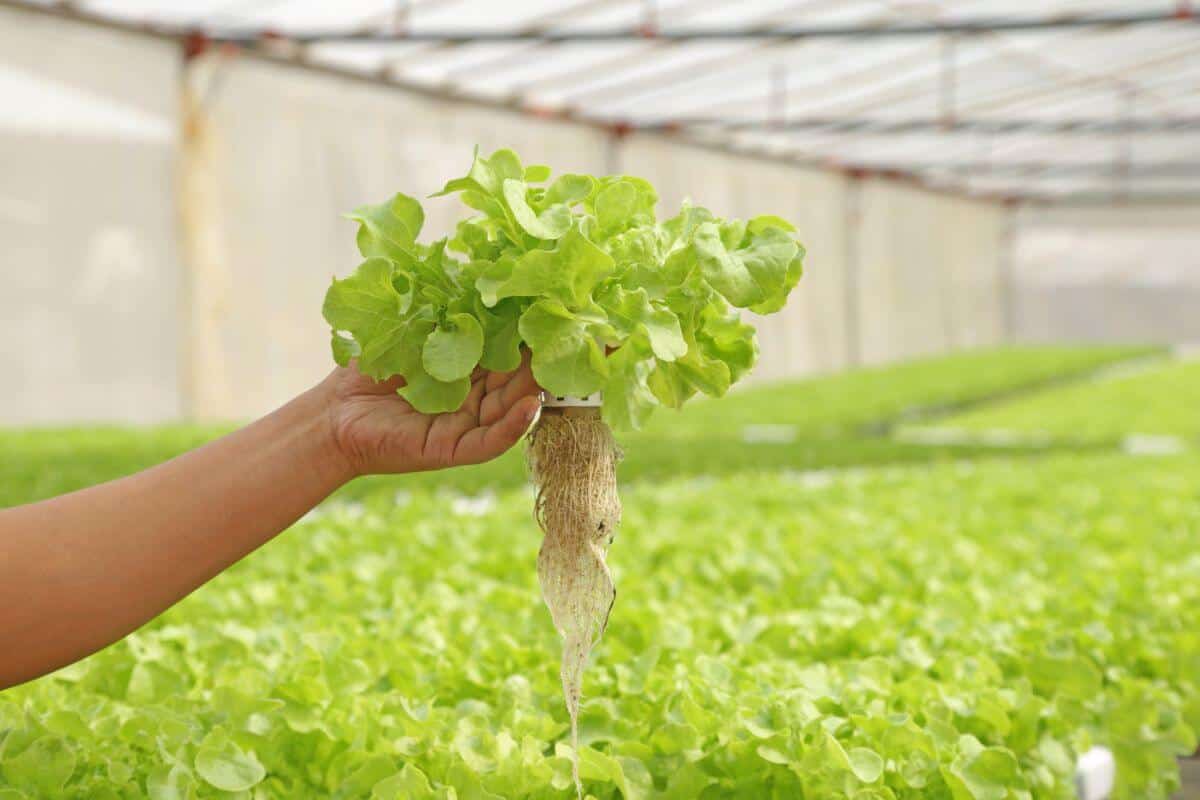
If you are starting your own garden or want to start growing plants, there is some basic knowledge about plants and environmental factors that you will need to know.
This will include their different growing seasons, nutritional requirements, correct temperature and lighting conditions, and watering needs.
With this basic knowledge, you will be able to manage soil-grown plants or hydroponically-grown ones.
Hydroponics will require extensive knowledge of key nutrients and lighting. While in a soil garden, you will be required to maintain your garden and keep it free of weeds.
Whilst a hydroponic system is weed free, there is still a lot of maintenance required. Both methods, therefore, aren’t necessarily easy.
4. Saving Water
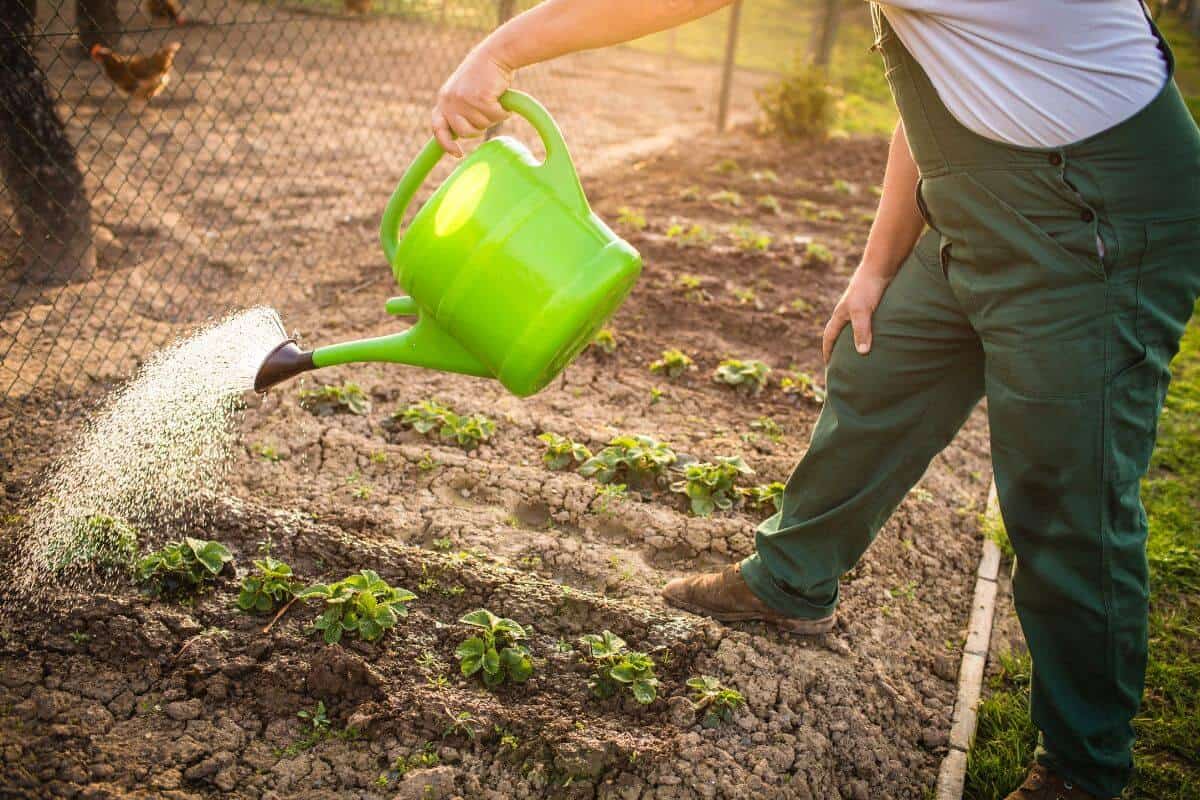
Being water-based does not necessarily equate to huge amounts of water.
In fact, plants grown in hydroponic systems have far less water consumption than those grown in soil as they only drink what is required during periods when it is flushed or sprayed with water.
While plants that are grown in soil will require constant watering. Water is also wasted through runoff, absorbed by pots (terracotta), or evaporated by the sun.
5. Growth Rate
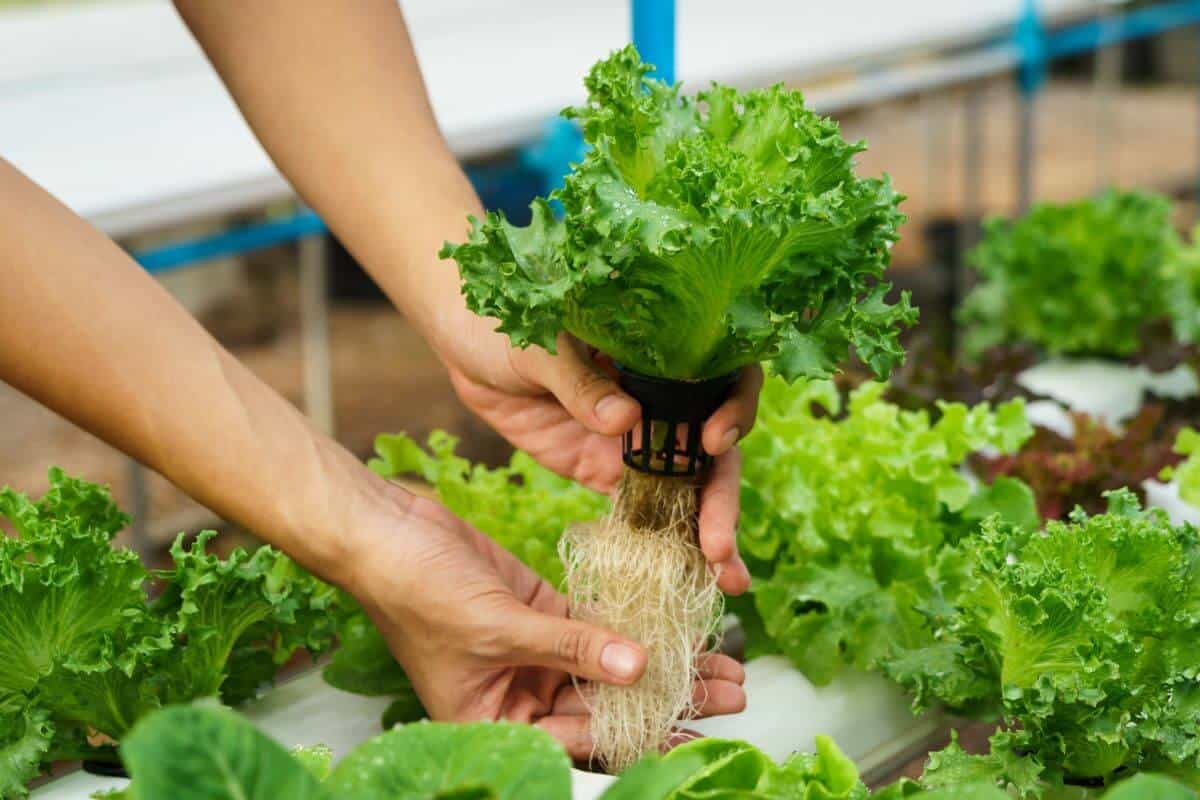
Plants in a hydroponic system have a higher growth rate in water than in soil.
Nutrients are directly fed to the plant’s roots in the water and are easily used by the plant as food as compared to when they are absorbed from the soil by the roots.
Vital nutrients from the soil are taken in by the plant gradually as they still need to be broken down or converted before they can be used by the plant and this results in a slow growth rate as a consequence.
6. External Factors
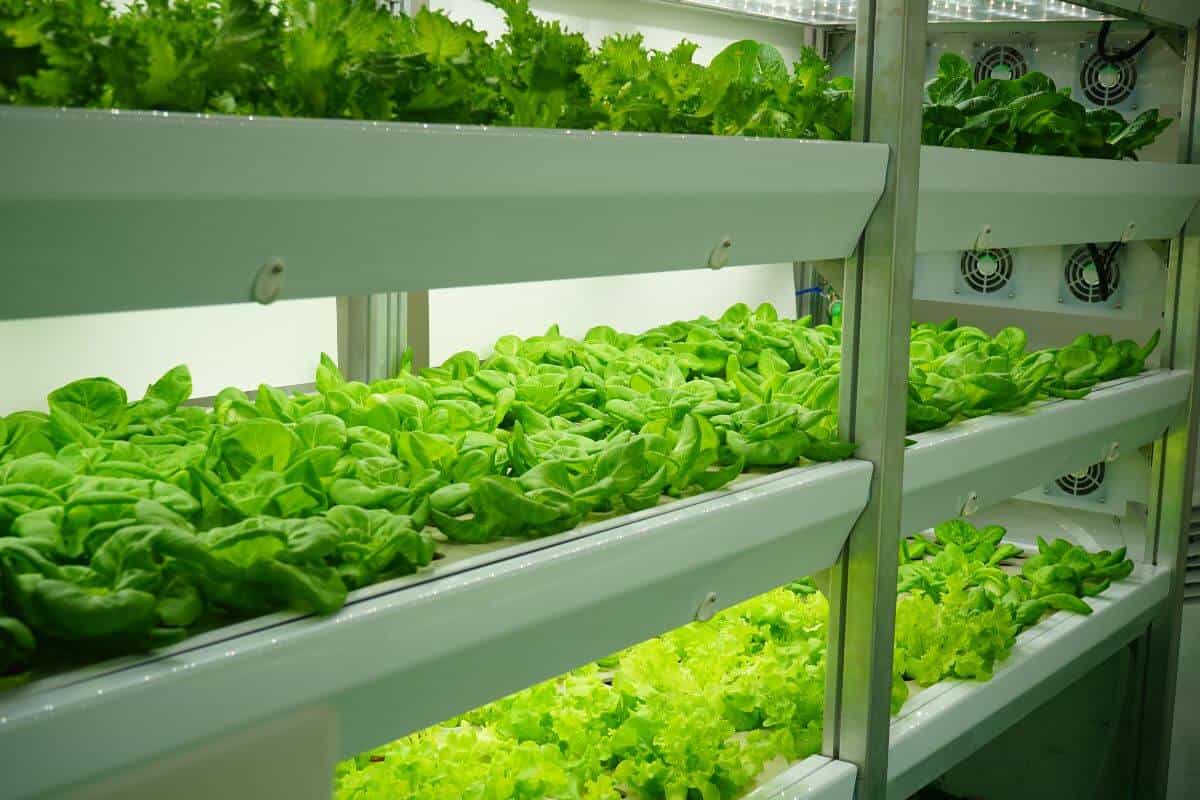
Seasons come and go and in an outdoor soil garden, plants will generally grow from the spring to fall period. That’s not the case when it comes to an indoor hydroponic system.
Forget external elements such as the wind, rain, frost, and or heat. Growing crops indoors gives hobbyists and commercial growers alike complete control.
If you are one who wants to grow plants at any time and season, then hydroponic systems will be your best friend as they allow you to keep a constant environment with temperature and lighting needs in place throughout the year.
7. Pests
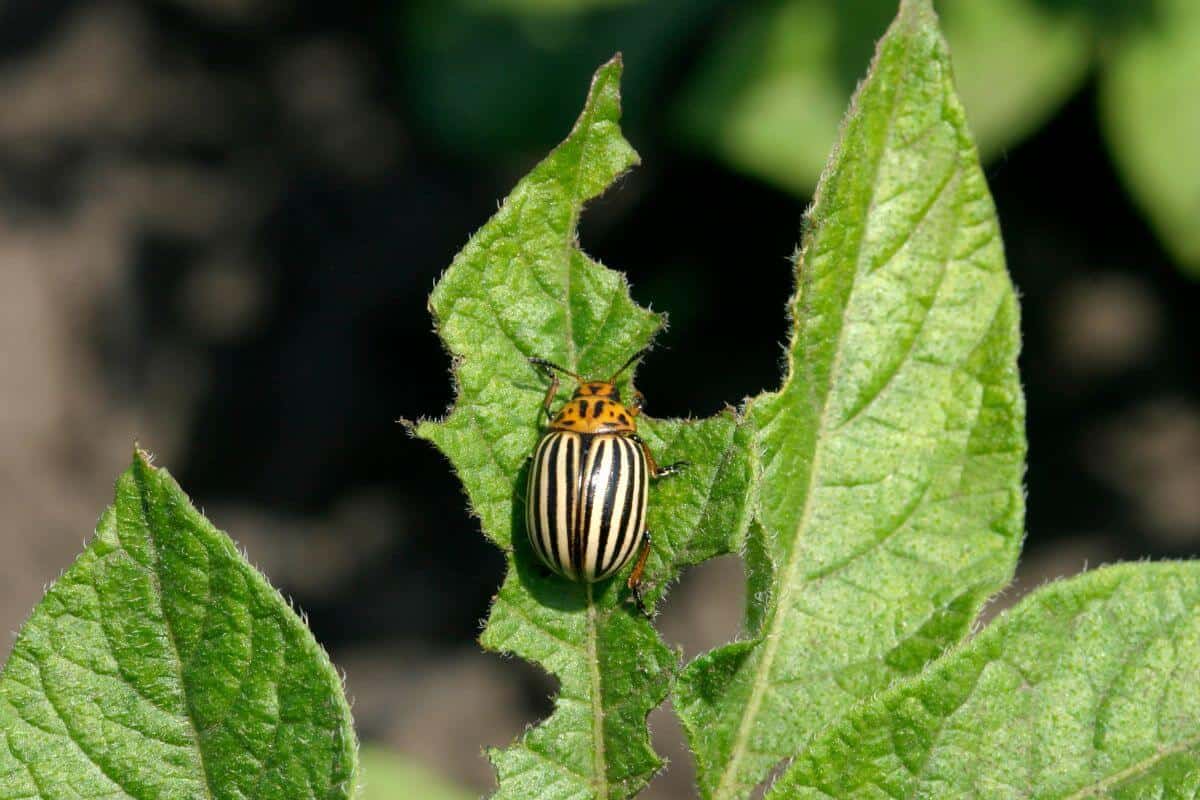
Common pests will always be a major issue in most gardens whether indoors or outdoors as they are always on the hunt for your healthy plants.
In a soil garden, pests and soil organisms will be more prevalent, and it’s not just the ones that are above the surface. There are pests that burrow down and consume your plant from below.
Hydroponic systems have far fewer problems with pests, but still, there are odd pests that will find their way to your hydroponic garden.
This is when indoor hydroponic systems work best as they harbor far fewer pests.
8. Diseases
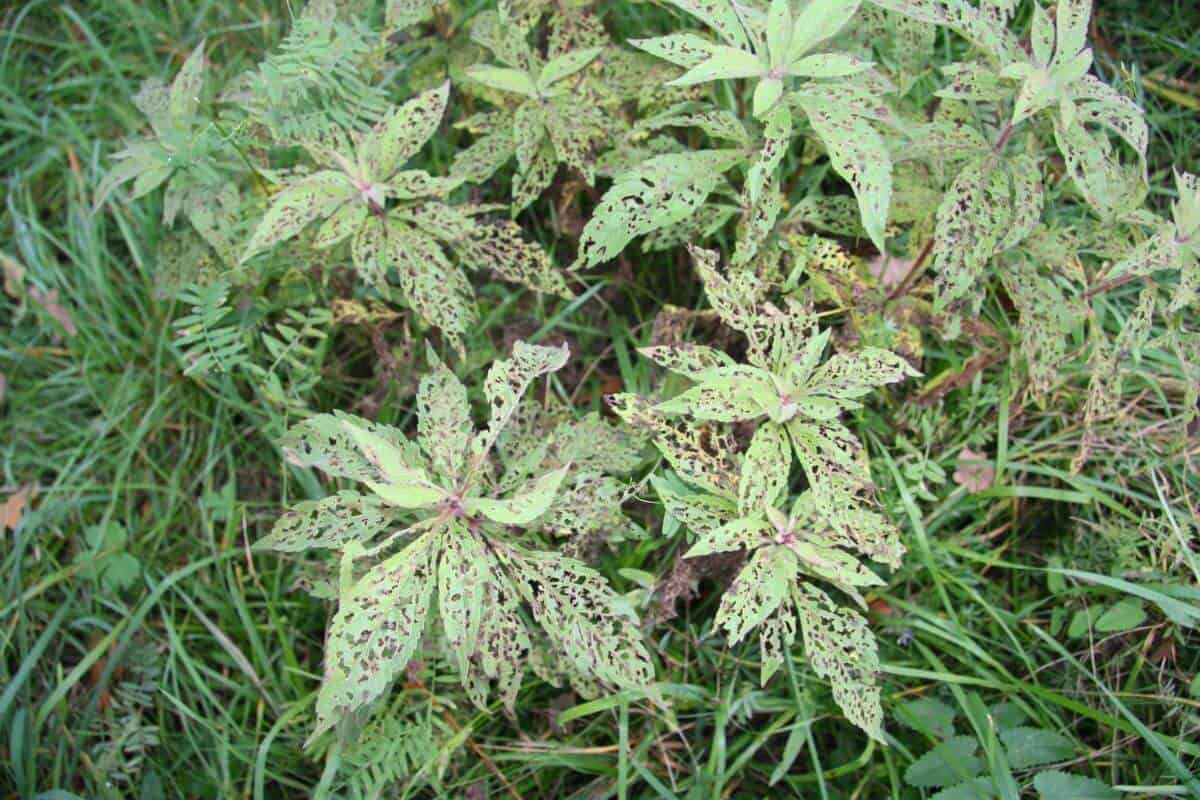
When it comes to diseases, there are also notable differences between soil-grown and water-grown plants.
Several soil-borne diseases can be fatal to your sick plant’s health, but they can often be treated or counteracted with certain precautions.
You will usually notice these at the end of the harvest period as they tend to affect the plant gradually.
This has a positive note to it though because that only means that you have ample time to address these concerns as they happen slowly.
Hydroponic systems, on the other hand, do not give much leniency. Because roots absorb nutrient solutions directly, a disease also affects it in the same way. Water-borne diseases act and spread rapidly in a hydroponic system, root rot, being the most common.
Immediate action is needed once you notice something wrong in your hydroponic system as a single plant can easily affect the whole plantation. You might even need to flush out the whole system just to be sure.
There may be fewer diseases in a hydroponic system, but soil-borne diseases are easier to prevent and remove.
9. Cost
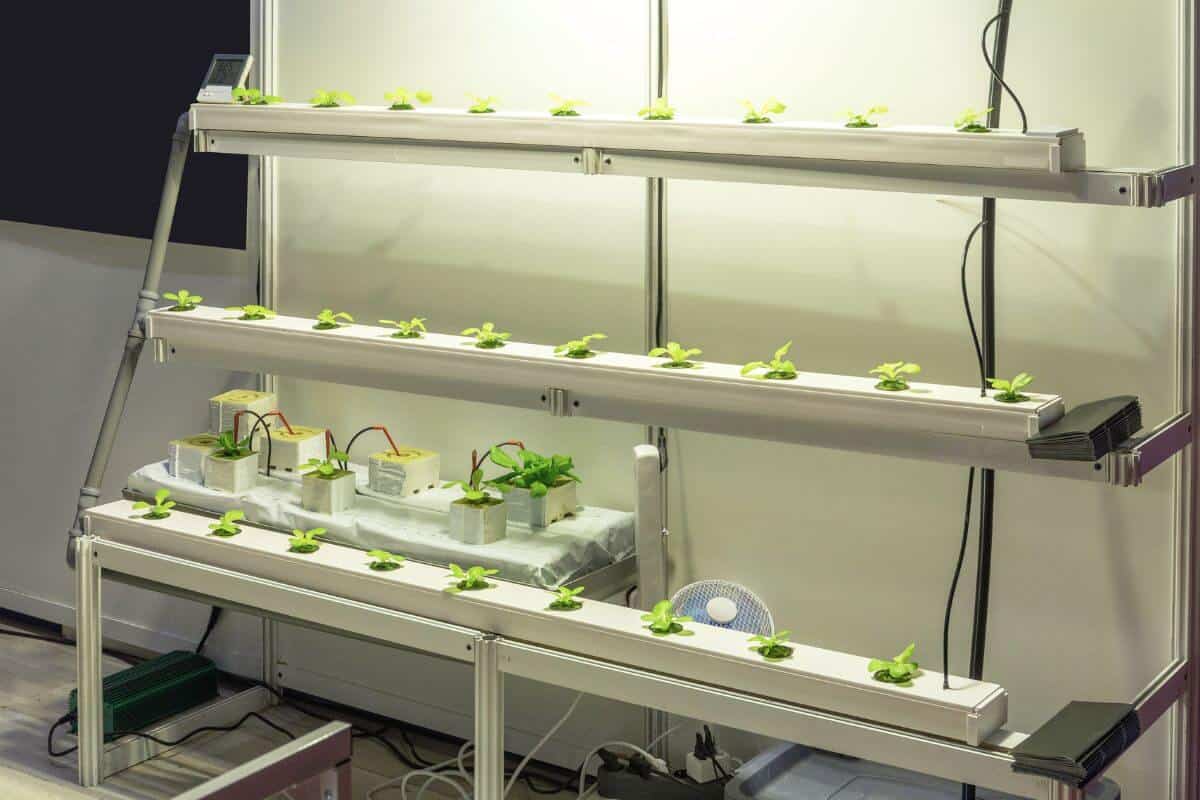
Starting your own hydroponic farm will cost a small fortune, besides the constant electrical bill that you will need to cover.
Lighting and heating equipment aren’t cheap, there is a considerable cost to starting up your own hydroponic system especially if you want to have a successful harvest.
As you go along and improve your system, you might entail more costs as you upgrade your equipment.
You also have to purchase an abundance of hydroponic nutrients so your plants can grow well and sustain themselves. Ordinary soil-based nutrients will not work in a hydroponic system.
Soil-grown plants will also need fertilizers but there are several natural ways to help you in maintaining a rich soil.
For one, soil organisms are naturally present in the earth and not only do they aid in soil aeration but they also break down nutrients through decomposition and return these nutrients to the soil which your plant can use.
In comparison, growing your plants in soil is the cheaper option.
10. Nutrition for Plants
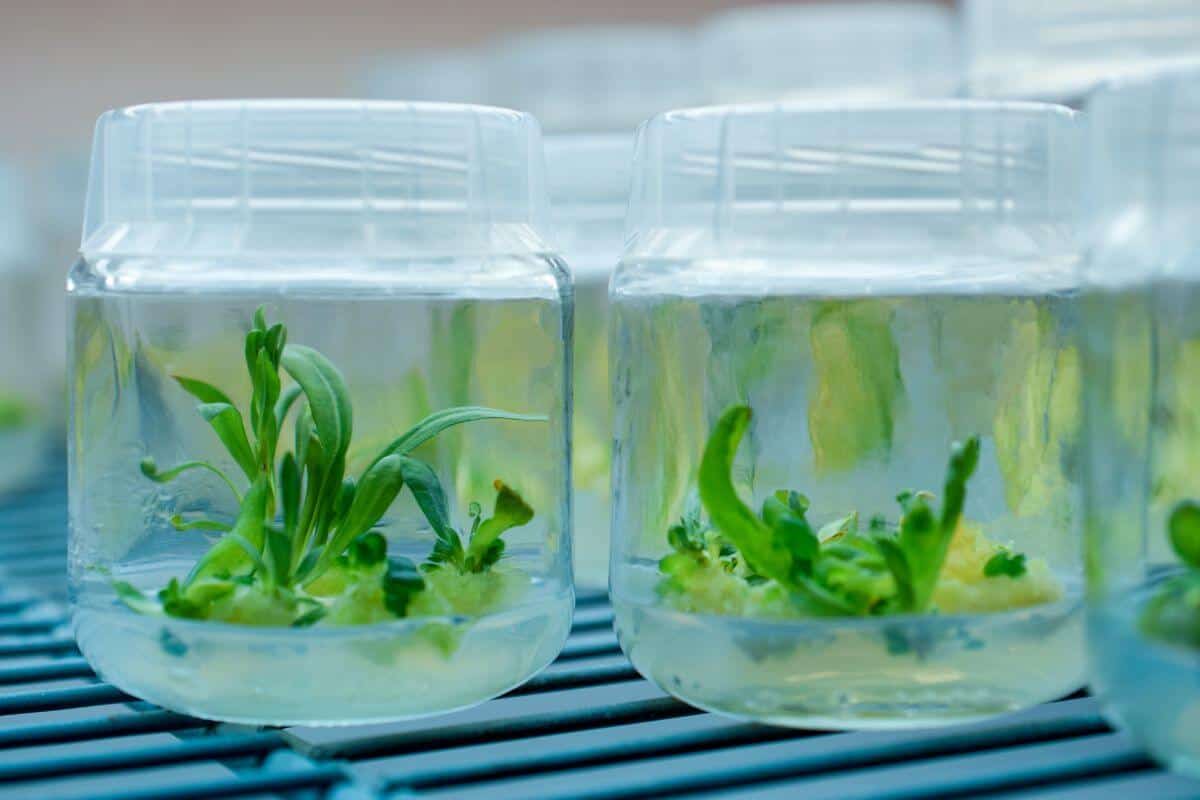
Nutrients are one of the most important factors when it comes to growing plants. Giving your plants a balanced nutrient formula will determine whether they are able to sustain their plant growth.
In a hydroponic system, there is no soil and all the nutrients for your plants are given through your water solution. The nutrient-rich water will be absorbed through the plant roots as it is submerged.
In a soil garden, preparing the soil is essential for successful growth. As discussed above, soil organisms are responsible for the nutrient release from organic matter.
- Related: Hydroponics Adding Nutrients Guide
11. Maintenance
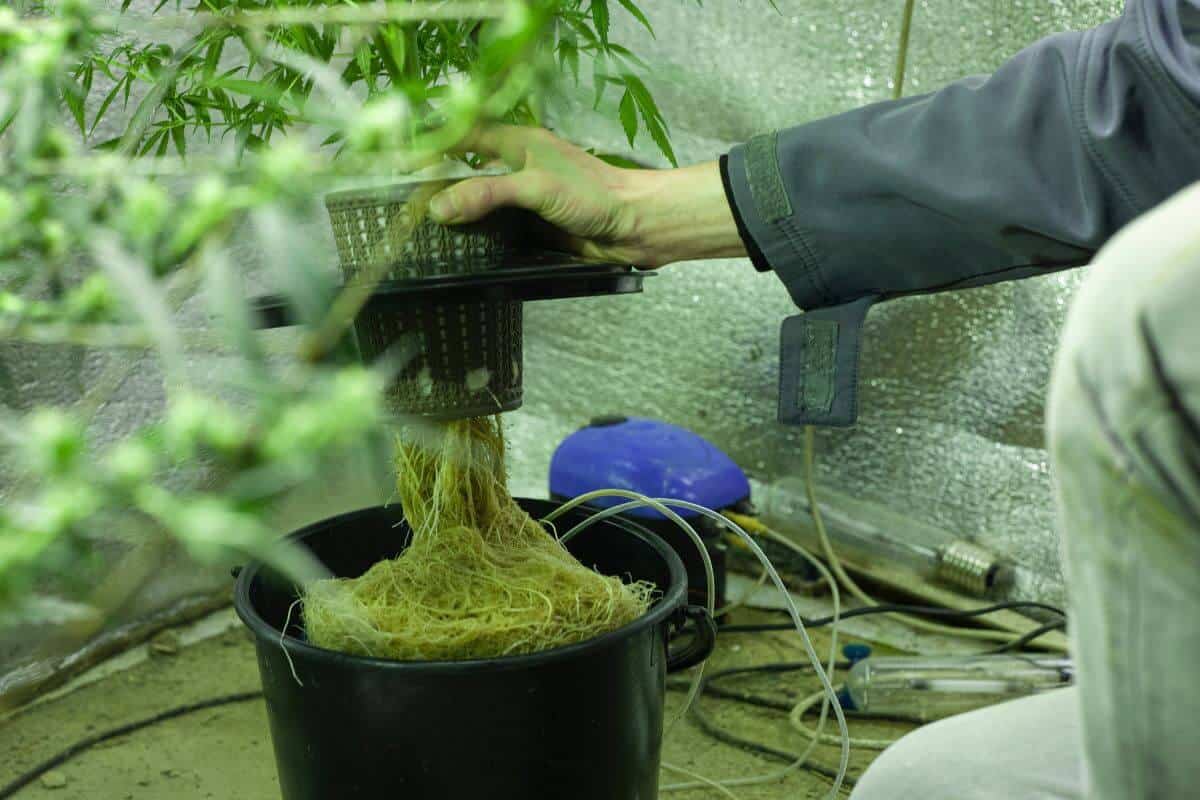
Gardening is no joke. If you want to have a successful harvest, it will require hard work and that means maintaining your garden.
Traditional gardens will require you to pay attention to pests and diseases by spraying your plants with pesticides or using biological pest control. It will also need you to prune, dig, and guard your plants.
Hydroponic systems are not exempted from the upkeep of a garden as it requires a level of maintenance as well.
Plants in a hydroponic garden also need to be trimmed and free from dead material. Also, its water needs to be maintained at a balanced pH level.
Final Thoughts on Hydroponic Growing vs Soil
Both soilless systems and soil-growing systems have their own benefits and shortcomings. So it will be up to your budget, available space, and personal preference in the end.
There is no perfect condition either way and you are still going to face challenges regardless of the growing medium that you choose.
If you want to have a stronger plant, it is vital that you provide it with a steady supply of the nutrients that it needs and this will vary depending on the medium that you have chosen.
Traditional soil gardening is often cheaper to start while hydroponic systems require additional maintenance costs and a greater initial cost for the continuous growth of plants.
Ultimately, the decision is yours! Do check out our other amazing articles on hydroponics:
- Best Outdoor Hydroponic System
- Transferring Hydroponic Plants to Soil
- What Is Kratky Hydroponics
- Is Sunlight or Grow Light Better
Sources:
- https://extension.umn.edu/how/small-scale-hydroponics
- https://sitn.hms.harvard.edu/flash/2019/hydroponics-the-power-of-water-to-grow-food/

